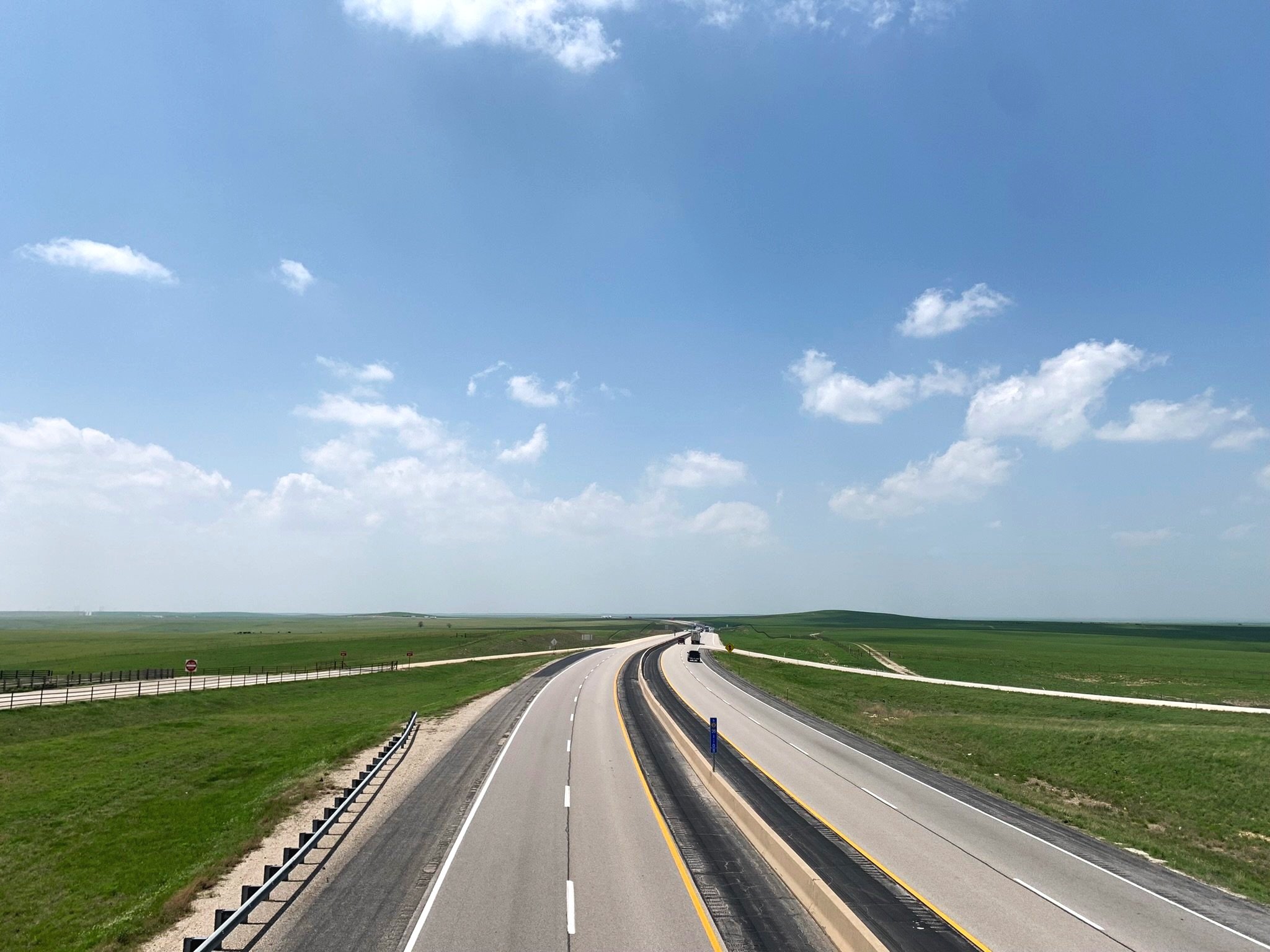The Flint Hills of Kansas Will Shatter Your Definition of Wide Open Spaces
No, Dorothy, we are in Kansas this time
For once in my life, I looked around, surrounded by unfamiliar territory, and though I had the greatest urge to spout that age-old movie reference — “we’re not in Kansas anymore” — the fact of the matter was that, yes, we very much were in Kansas. I mean, in the very heart of America, in that region known as the Great Plains, you have some idea of what you’ll come across, but reading about it or seeing a photo or video is truly not the same as being surrounded by rolling green hills as far as the eye can see.
I’m from Michigan, and we have plenty of green space up that way, but the Flint Hills of Kansas are on another level. Stretching from northern Kansas down into a portion of Oklahoma, the area feels kind of like Mars — if Mars was covered in vast, green fields and dotted here and there with groups of black specks that your brain immediately recognizes as cattle (even though they are so far away, it’s impossible to make out any distinguishing features).
This vast expanse comprises the largest remaining intact tallgrass prairie not only in the United States, but in the entire world. Home to over 225 species of birds, mammals, reptiles and amphibians, the Flint Hills also contain fossils that date back to over 250 million years ago. Sadly, however, what you will no longer find here, in the only surviving portion of what used to be a much, much larger prairie that stretched from Canada to Texas, are the hundreds of thousands of bison that used to roam these hills.
But hey! Let’s just be grateful about what does remain, which is roughly 9,900 square feet of the most beautiful, windswept, wide open tallgrass fields that you’ll ever lay eyes on.
If you ever find yourself rolling through here, a great spot to stop for photo opps and what-have-you is this little scenic turnoff just outside the city of Emporia along highway I-35. The turnout itself is not marked on Google Maps, but if you set directions for the Bazaar Cattle Pens (visible in the photo at the top of this post), they’ll take you right to it.
You can pull off on either side of the highway, and cross from one side to the other, by foot or by car, using the bridge over the road. Whether you opt for the north or the south side (or both!), the views are mesmerizing; you can literally see for miles. And while you gaze out at the unending green landscape, you can thank your lucky stars that the region’s rocky soil made it impossible for the settlers to plow these fields, leaving them with little choice but to let their cattle graze instead.
Rolling green fields, as far as the eye can see
If, after stopping here, you decide you still need more of these Great Plains injected into your veins, there is another spot about 100 miles north of the scenic turnout that might interest you. Just outside of Manhattan, Kansas — home of Kansas State University — sits the Konza Prairie Nature Trail Loop, a 2.7-mile hike that takes you across the timber-lined banks of Kings Creek and then into the Flint Hills proper.
AllTrails says the best time to enjoy the Konza Prairie trail is between April and June. They also say, however, that it’s a fairly popular place, so you should expect to bump into some joggers or other nature enthusiasts such as yourself. If you happen to get it all to yourself, cheers to you.
-LTH





